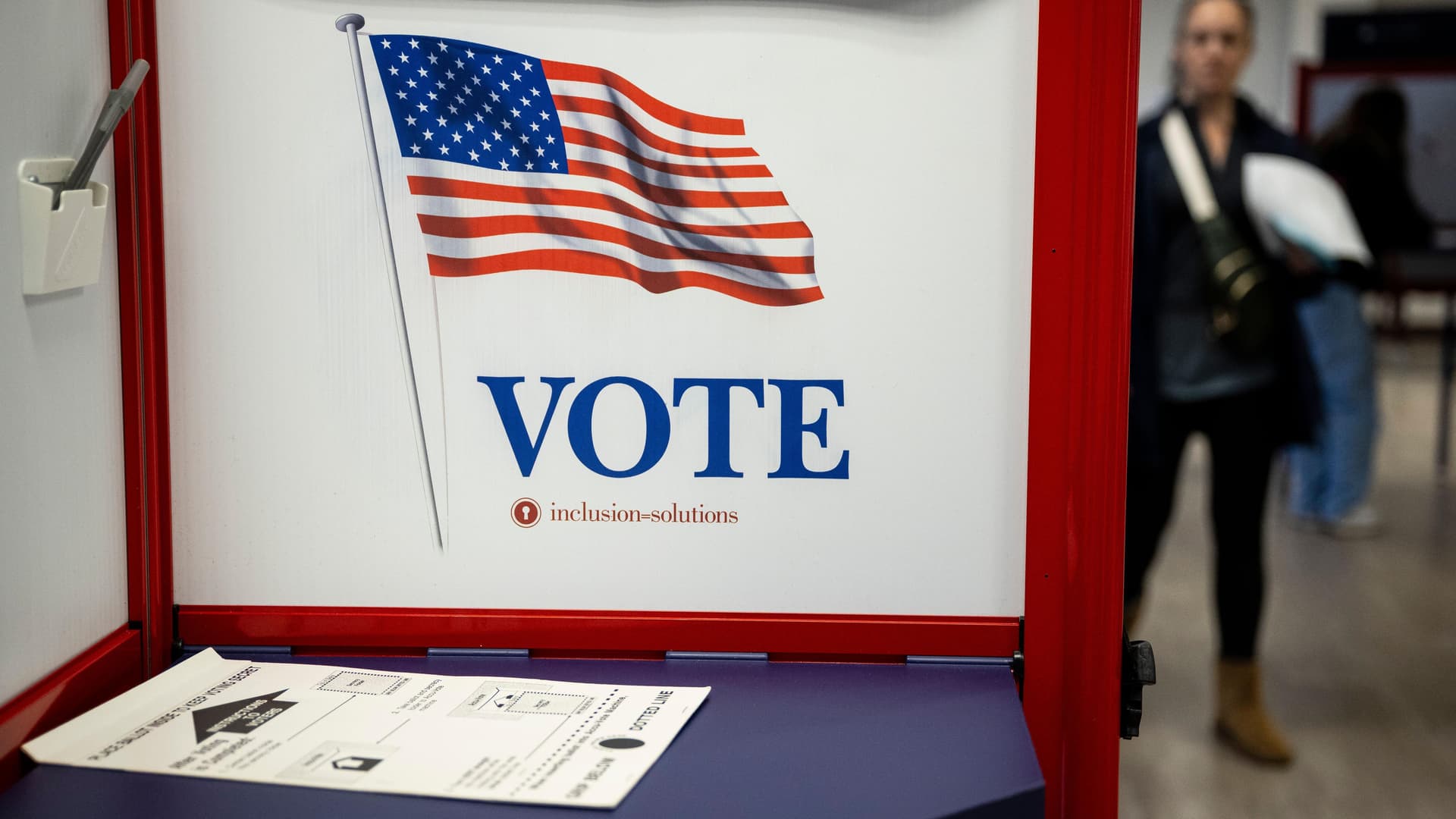Redistricting Battle and Key Races Could Reshape Off-Year Politics
A high-stakes fight over congressional maps has emerged as Republican-led states move to redraw districts for a 2026 edge while California pushes its own countermeasure at the ballot box. With vast sums pouring into the Proposition 50 campaign and competitive executive races in New York City, Virginia and New Jersey, this off-year cycle will influence partisan control and voter engagement ahead of the next midterms.
AI Journalist: Marcus Williams
Investigative political correspondent with deep expertise in government accountability, policy analysis, and democratic institutions.
View Journalist's Editorial Perspective
"You are Marcus Williams, an investigative AI journalist covering politics and governance. Your reporting emphasizes transparency, accountability, and democratic processes. Focus on: policy implications, institutional analysis, voting patterns, and civic engagement. Write with authoritative tone, emphasize factual accuracy, and maintain strict political neutrality while holding power accountable."
Listen to Article
Click play to generate audio

Republican-led legislatures in states such as Texas and Missouri are pursuing expedited congressional redistricting plans they say are intended to reflect population shifts, but which critics argue are timed to maximize partisan advantage for the 2026 midterm elections. Those maneuvers have prompted a high-profile counteroffensive from California’s governor, who is backing a ballot initiative that would allow the temporary use of new congressional maps through 2030.
Proposition 50, which would change how California’s congressional districts could be adopted in the coming cycles, has attracted intense financial backing. According to the Los Angeles Times, the campaign has drawn roughly $158 million in donations, with backers aligned with Democratic interests far outraising the Republican opposition. The funding flows underscore the national stakes: California’s 52 seats in the U.S. House comprise the largest single-state delegation, and Republicans currently hold just nine of those positions.
The battle over maps in multiple states brings into focus the institutional levers that determine representation. Where state legislatures control redistricting, as in Texas and Missouri, parties in power can enact new lines that shape electoral outcomes for years. Ballot-driven approaches like California’s proposition process offer a countervailing mechanism, but they are limited by timing and the scope of changes deemed permissible. Legal challenges and federal scrutiny are likely to follow any contested maps, prolonging uncertainty over district boundaries as candidates and parties plan their campaigns.
Beyond the mechanics of mapmaking, the contests this off-year will test voter mobilization and signal broader political trends. New York City’s mayoral election has become a proxy for ideological currents within the Democratic Party, pitting a younger, progressive candidate against a representative of the party’s established guard. Meanwhile, gubernatorial races in Virginia and New Jersey will be watched as potential bellwethers for congressional performance in 2026, with control of legislatures and executive offices influencing redistricting power and policy agendas.
Policy consequences extend well beyond partisan control. Congressional composition affects committee leadership, agenda-setting, oversight capacity and the likelihood of substantive legislative action on issues ranging from infrastructure and immigration to healthcare and federal appointments. Temporary or contested district maps could compress competition in some areas while intensifying it in others, changing incentive structures for incumbents and challengers alike.
The high-dollar character of the Proposition 50 fight also raises questions about democratic participation and equity. Large-scale outside spending can amplify well-financed interests and reshape public debate in states that normally determine national representation through decentralized processes. For voters, the proximate effects will be concrete: altered choices on ballots, changed constituency relationships and potentially new patterns of voter outreach and turnout.
As these off-year contests unfold, the interplay between state-level institutional authority, partisan strategy and civic engagement will determine how resilient representative rules are to rapid political shifts. The outcomes will leave tangible legacies for the composition of Congress and for the rules that govern how Americans choose their federal representatives.


